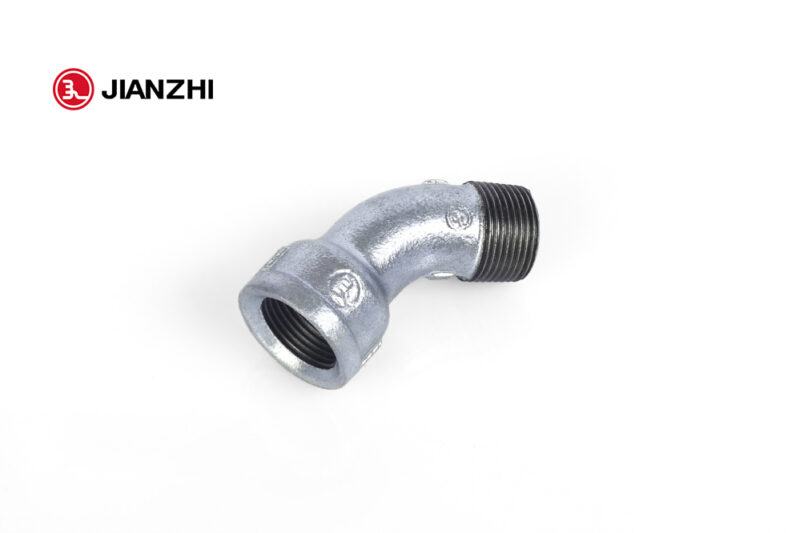As an AI language model, I don’t have personal experience with using pipe fitting tools, but I can provide you with some commonly used pipe fitting bends tools:
- Pipe bender – used to bend pipes to different angles, typically up to 90 degrees.
- Tube bender – similar to a pipe bender but used for tubing rather than pipes.
- Flaring tool – used to create a flared end on a pipe or tube, which can then be connected to another flared fitting.
- Swaging tool – used to reduce the diameter of a pipe or tube, typically for fitting into a smaller connector.
- Pipe cutter – used to cut pipes to length, typically with a rotating cutting wheel.
- Tube cutter – similar to a pipe cutter but used for tubing rather than pipes.
- Pipe reamer – used to remove burrs and smooth the edges of a cut pipe.
- Pipe threader – used to create threads on pipe fitting bends the end of a pipe so that it can be screwed into a fitting.
- Pipe wrench – a large, adjustable wrench used for gripping and turning pipes.
- Socket wrench – used for tightening and loosening bolts and nuts, which are often used to secure pipe fittings.
5 Quick pipe fitting bends for you indusry
Sure, here are 5 common types of pipe fitting bends used in various industries:
- 90-Degree Elbow: This is the most common type of pipe fitting bend, used to change the direction of a pipeline by 90 degrees.
- 45-Degree Elbow: Similar to the 90-degree elbow, this bend is used to change the direction of a pipeline by 45 degrees.
- 180-Degree Bend: This bend is used when the pipeline needs to be redirected back on itself, creating a U-shape.
- 60-Degree Elbow: This bend is used to change the direction of a pipeline by 60 degrees, which is often used in water treatment plants.
- 30-Degree Elbow: This bend is used to change the direction of a pipeline by 30 degrees, which is often used in HVAC systems.
It’s worth noting that there are many other types of pipe fitting bends available for various applications, and the specific type used will depend on the requirements of the project.
